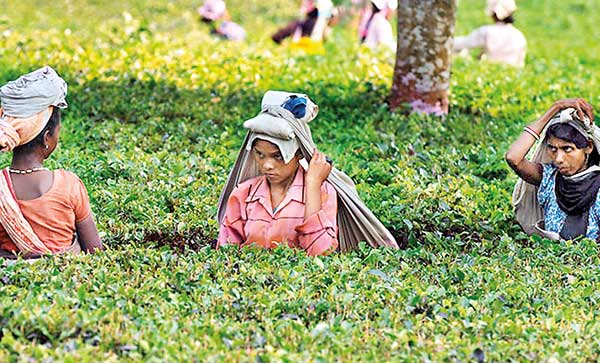10 Nov 2015 - {{hitsCtrl.values.hits}}

.jpg) “Every cup of tea you drink should help better the lives of the people who produce it, improve the environment where it is grown, and contribute to a thriving global industry.”- A Hero Crop for 2030.
“Every cup of tea you drink should help better the lives of the people who produce it, improve the environment where it is grown, and contribute to a thriving global industry.”- A Hero Crop for 2030.
26 Nov 2024 2 hours ago
26 Nov 2024 3 hours ago
26 Nov 2024 3 hours ago
26 Nov 2024 5 hours ago
26 Nov 2024 5 hours ago